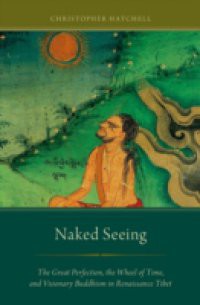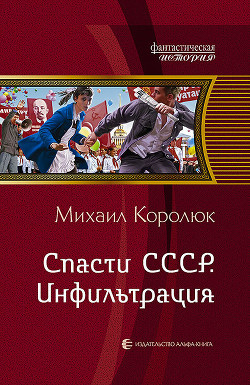Buddhism is in many ways a visual tradition, with its well-known practices of visualization, its visual arts, its epistemological writings that discuss the act of seeing, and its literature filled with images and metaphors of light. Some Buddhist traditions are also visionary, advocating practices by which meditators seek visions that arise before their eyes. Naked Seeing investigates such practices in the context of two major esoteric traditions, the Wheel of Time (Kalacakra) and the Great Perfection (Dzogchen). Both of these experimented with sensory deprivation, and developed yogas involving long periods of dwelling in dark rooms or gazing at the open sky. These produced unusual experiences of seeing, which were used to pursue some of the classic Buddhist questions about appearances, emptiness, and the nature of reality. Along the way, these practices gave rise to provocative ideas and suggested that, rather than being apprehended through internal insight, religious truths might also be seen in the exterior world-realized through the gateway of the eyes. Christopher Hatchell presents the intellectual and literary histories of these practices, and also explores the meditative techniques and physiology that underlie their distinctive visionary experiences. The book also offers for the first time complete English translations of three major Tibetan texts on visionary practice: a Kalacakra treatise by Yumo Mikyo Dorje, The Lamp Illuminating Emptiness, a Nyingma Great Perfection work called The Tantra of the Blazing Lamps, and a Bon Great Perfection work called Advice on the Six Lamps, along with a detailed commentary on this by Drugom Gyalwa Yungdrung.






 9.01 (206)
9.01 (206) 










